Affiliate links on Android Authority may earn us a commission. Learn more.
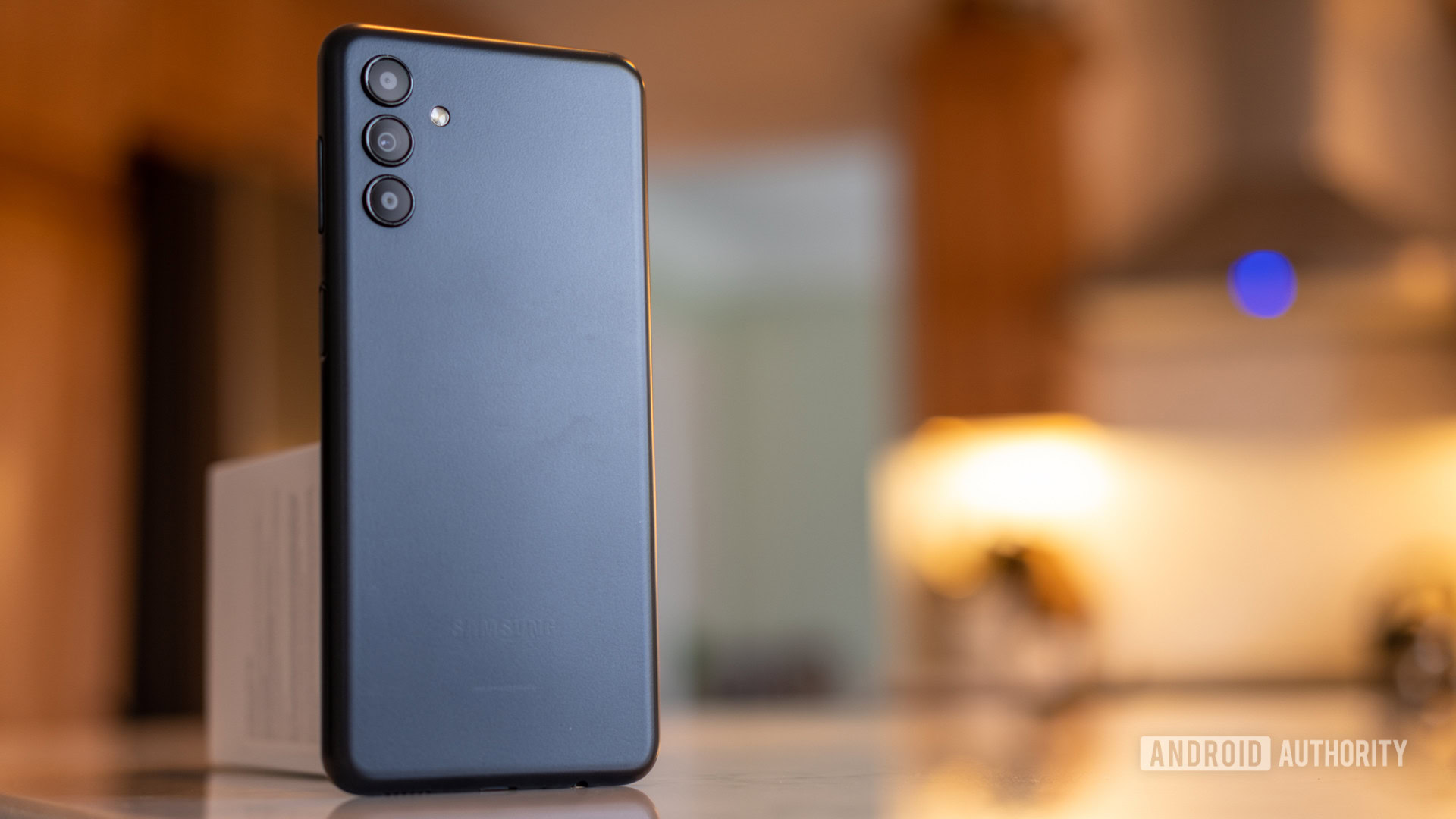
Samsung Galaxy A13 5G review: Cheap 5G comes at a cost
Published onMarch 12, 2024
Samsung Galaxy A13
MSRP:
What we like
What we don't like
Samsung Galaxy A13
The Galaxy A10 series has been an affordable way to dip your toe into the Samsung phone family for a few years now. The modest spec sheets have always come with reasonable prices and solid update commitments. Now, though, Samsung is hoping that 5G speeds will raise the budget line’s profile enough to justify an increased price tag. Find out if the gamble paid off in our Samsung Galaxy A13 5G review.
Update, March 2024: Added new alternative devices to the verdict section and information about recent software updates.
What you need to know about the Samsung Galaxy A13 5G
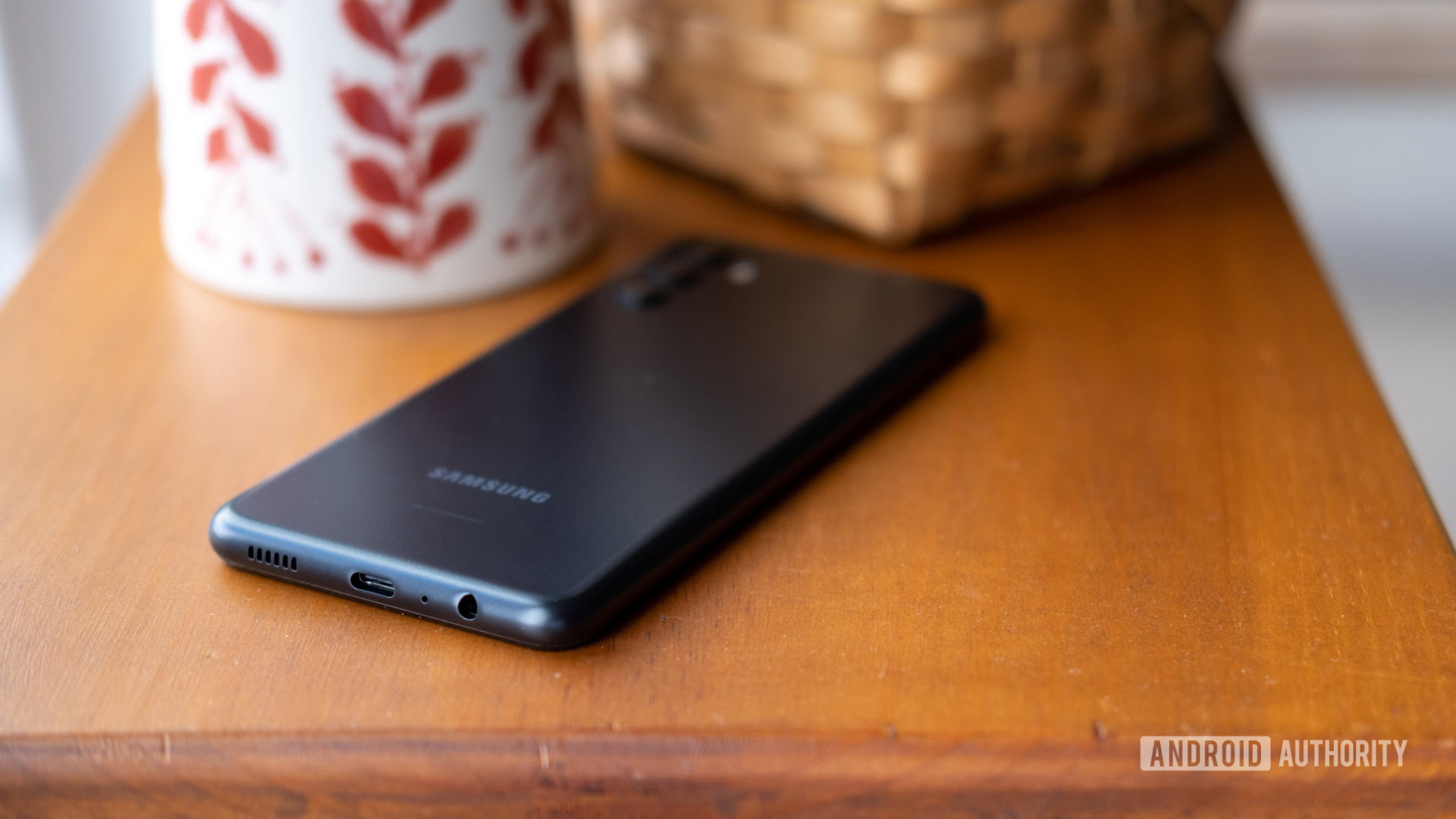
- Samsung Galaxy A13 5G (4GB / 64GB): $249.99
The Samsung Galaxy A13 5G is the budget-friendly successor to the Galaxy A12, though it offers quite a few significant changes. For starters, Samsung has finally trimmed back the number of configurations. Where there were technically six different Galaxy A12 options, you’ll only find the Galaxy A13 5G with 4GB of RAM and 64GB of expandable storage. If you don’t need the latest and greatest speeds, you can also pick up a 4G LTE version of the Galaxy A13. It swaps the Dimensity 700 processor for an in-house Exynos 850 option. It’s also available in black through most US carriers or green exclusively from Samsung (the Galaxy A12 offered white, blue, and red colorways).
The Galaxy A13 we tested arrived running Android 11 out of the box with Samsung’s One UI skin on top. It was on the November 2021 security patch with the June 2021 Google Play system update. It has since received Android 12, 13, and 14 and will continue to benefit from Samsung’s robust update policy. According to Samsung, the Galaxy A13 5G will receive four years of security patches and two years of software updates, which means it has likely run its course in terms of Android updates.
Beyond the software, Samsung tapped MediaTek’s Dimensity 700 5G chipset to keep the lights on. It’s not the most potent Dimensity option, but it’s a fair match on paper for the $249 price point. However, that price point represents a sharp increase of $70 over last year. Samsung’s single configuration of RAM and storage may not seem like much, but you can add a microSD card to hold extra photos and apps. The same 5,000mAh battery and 6.5-inch HD+ display are back from the previous model, too.
The packaging is slimmer than ever this time around — it holds the device, a SIM ejector tool, essential paperwork, and a USB-C cable. Samsung’s trend of ditching the charging block has finally hit the budget-friendly realm, so you’ll have to supply your own.
What’s good?
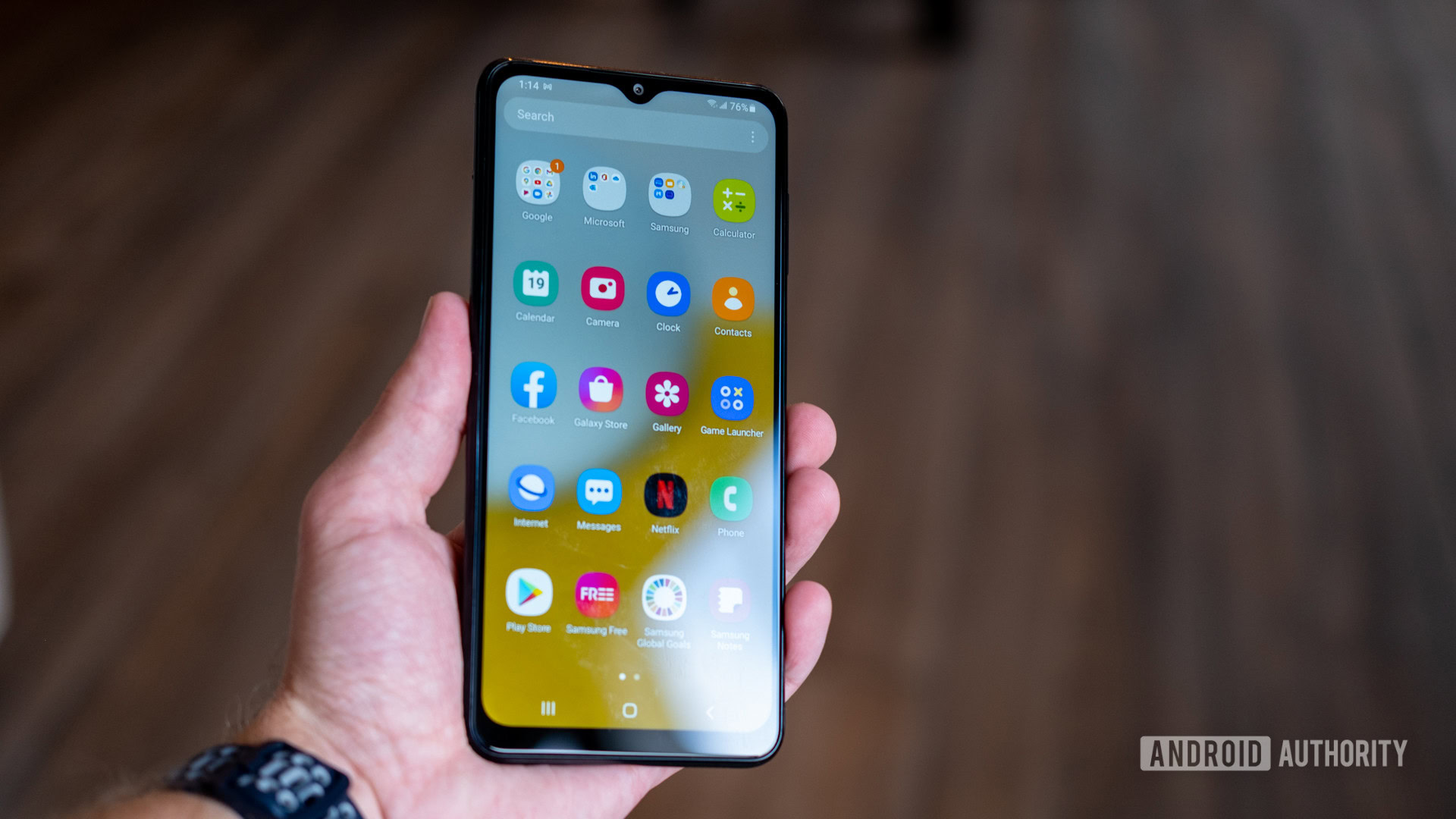
As noted, there were six versions of 2021’s Galaxy A12 to choose from. Now, there’s only one, making it much easier to grab the Galaxy A13 5G and go. The pairing of 4GB of RAM and 64GB of storage is higher than the base model of the Galaxy A12, and it feels like the right amount to keep up in everyday life for a budget phone like this. After all, you can always boost the storage with the microSD slot if you need more.
Of course, the most significant change Samsung brought to the Galaxy A13 is 5G support. It’s nice to see a degree of future-proofing on a budget-friendly device, even if it did come alongside a price increase. MediaTek’s Dimensity 700 chipset feels like a far better match for the Galaxy A13 than last year’s Helio P35, too, as I hardly noticed any lag or stuttering this time around.
The Galaxy A13 5G balances its budget-friendly price tag with a respectable amount of power and future-proofing.
Samsung kept the side-mounted fingerprint reader from the Galaxy A12, which proved a good decision. It’s quick and easy to reach, and I found that it responded well to my prompts.
The Galaxy A13 5G also houses a hefty 5,000mAh battery. In my testing, I had no issues pushing the device through two full days of usage before hunting for a charger. Samsung’s new 5G support may have drained the juice a little quicker, but the difference isn’t enough to stop this being a multi-day phone on a single charge.
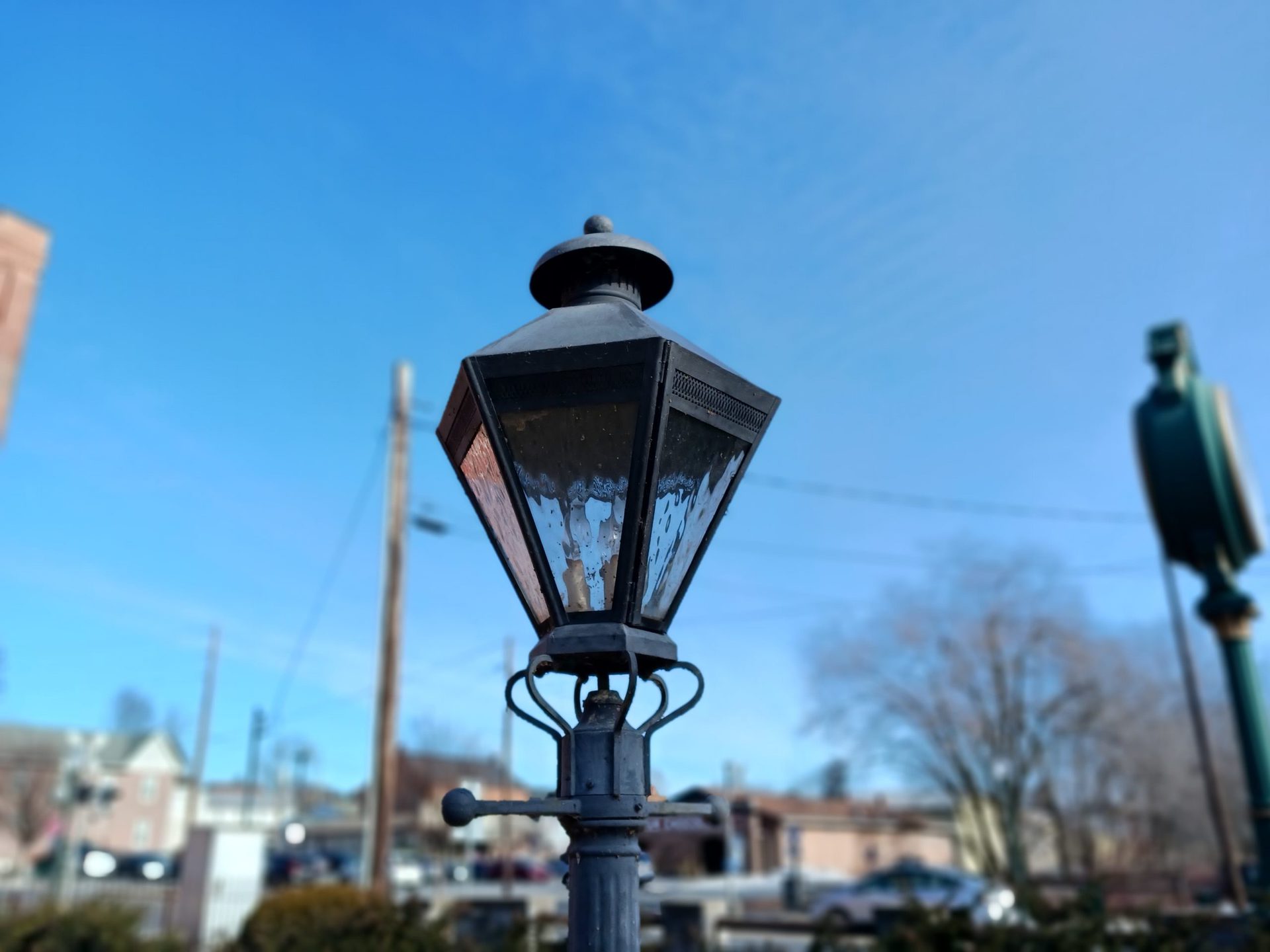
I was also particularly impressed with the performance of Samsung’s primary rear camera, which might be one of the best you’ll get on a budget phone at this price. It’s a 50MP camera, though images pixel bin down to 12.5MP by default. I found that it delivered sharp results in good lighting, and the portrait mode’s edge detection was impressive, especially on static objects — you can see an example of this in the image above. The color reproduction is generally good, too, even if it’s not always perfect due to Samsung’s tendency to dial up the contrast (as we’ll see later). Either way, it looks plenty good for those who want to share vibrant snaps on social media.
What’s not so good?
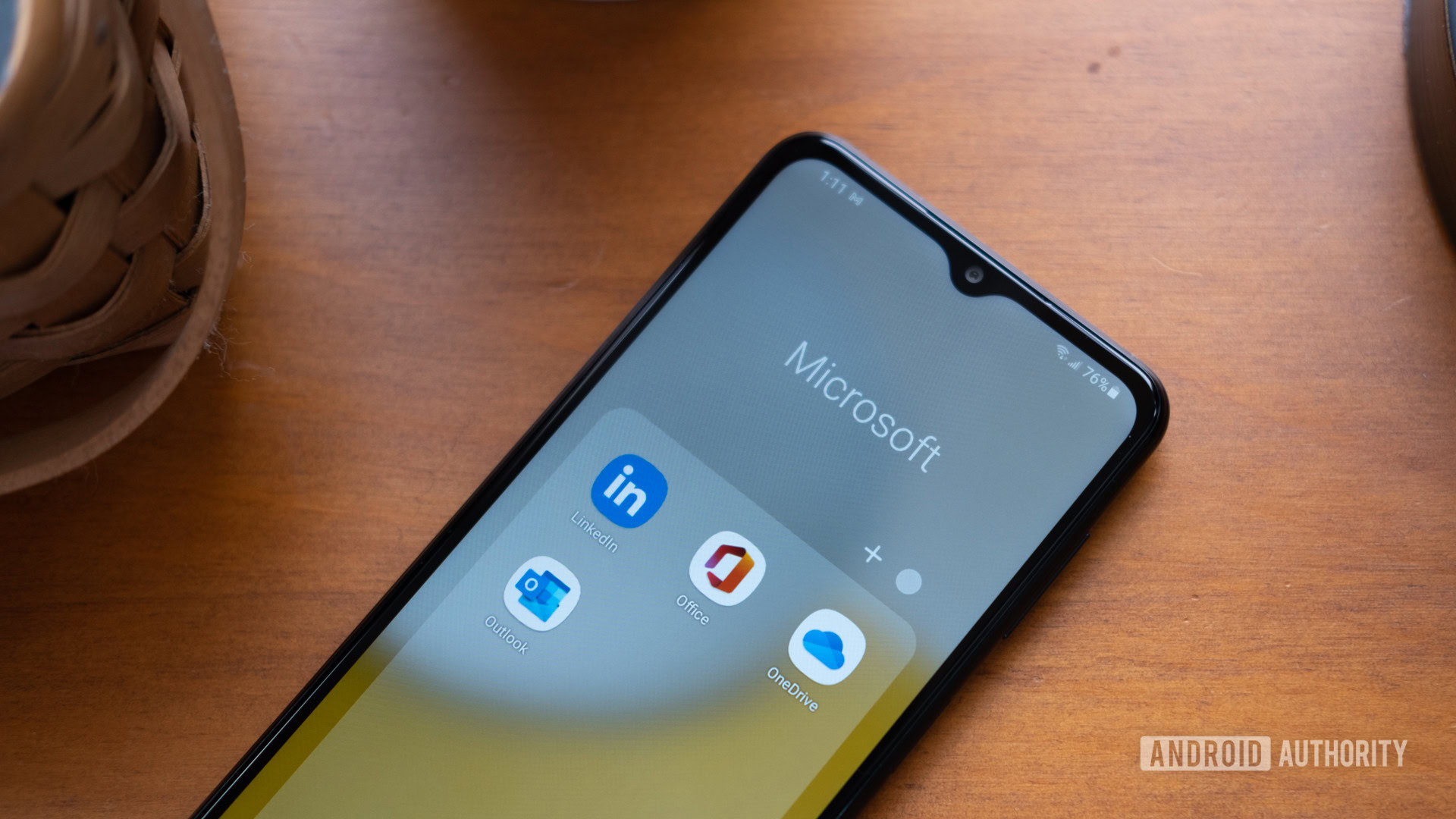
Samsung has been slowly ditching chargers from its packaging over the last few years, and now it’s the Galaxy A13’s turn. While there are good reasons not to include plugs in boxes, it’s a disappointing change in the context of a budget device like this. The Galaxy A13 is a perfect fit for someone getting their first smartphone. As a result, they may not already have a USB-C charging block and will have to spend some extra money. When you grab a charger, the 15W speeds aren’t exactly impressive, either. I found that a half-hour plugged in gathers about a 20% charge, and a full charge takes more than two hours.
Samsung also made an interesting design decision to add ridges to the back of last year’s Galaxy A12, only to take them away this year. The Galaxy A13 isn’t completely smooth, but the lightly textured back panel feels more like a pebble. This gets quite slippery when handled with slightly wet fingers (don’t actually get the phone wet, though — there’s no IP rating of any kind). In spite of the raised retail price, Samsung chose plastic for the overall construction, which doesn’t feel particularly premium or durable.
The Galaxy A13's simplified design and plastic construction tend to punch below the $249 price tag, not above it.
Although Samsung’s primary camera performs pretty well on the Galaxy A13 5G, the peripheral options leave something to be desired. For starters, Samsung eliminated the 5MP ultrawide lens from last year but kept the 2MP macro option. On the bright side, you can get that 5MP ultrawide shooter back, but it’ll come at the cost of 5G. I can’t imagine that too many people would choose a low-resolution macro shooter over the ability to fit more in an image, but that’s what you get. The selfie lens also dropped from 8MP to 5MP, though it still captures fine images and has a wider aperture for improved portrait shots.
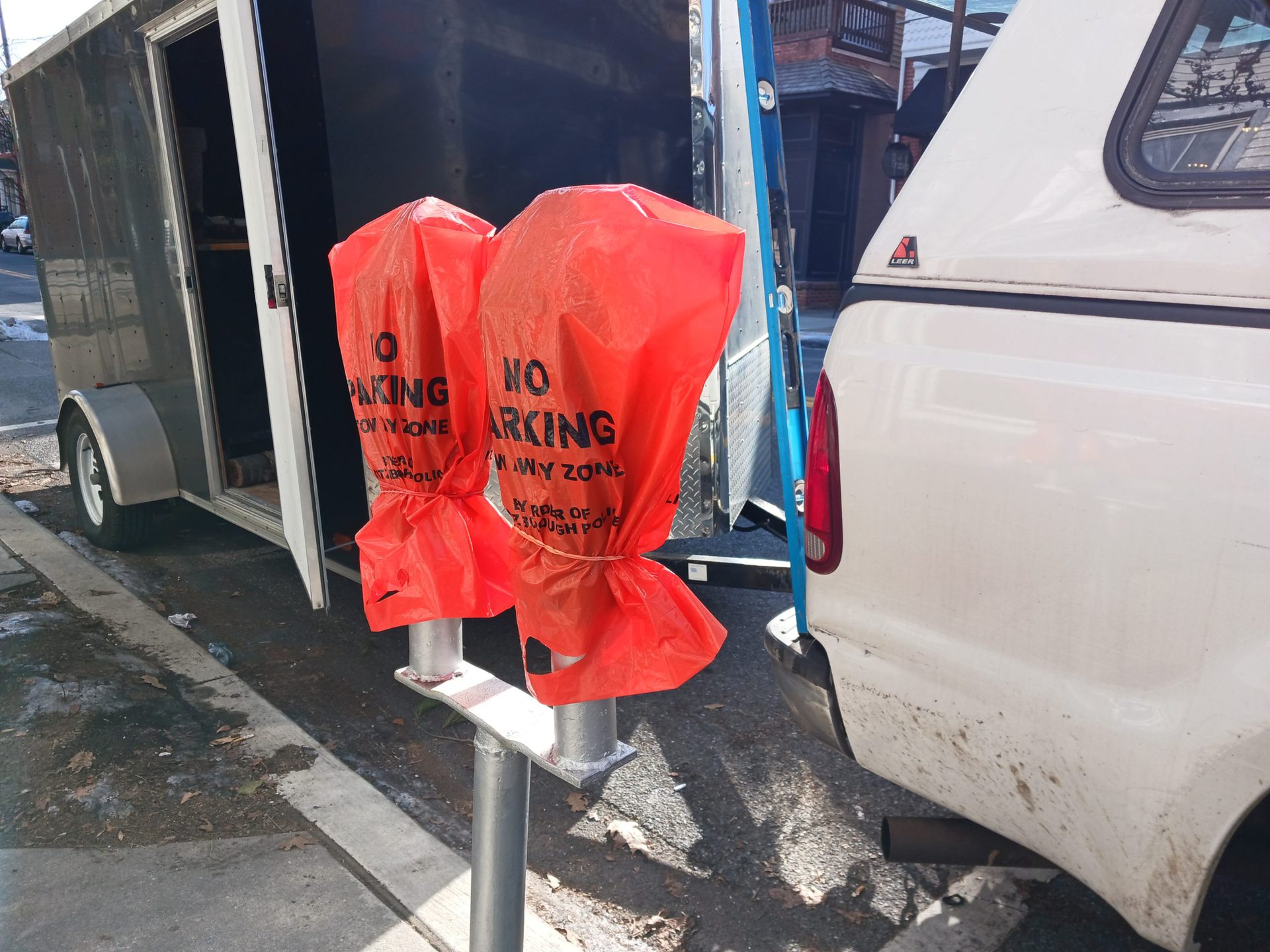
While the aforementioned main camera is easily one of the phone’s strengths, Samsung’s processing can go overboard. Take the No Parking bags in the sample above. They show up as very red in the image, whereas, in reality, they were more of a traffic cone orange. All of my other images showed good color accuracy, though.
The Galaxy A13’s low light performance is also an issue. There’s no dedicated night mode, so you’ll have to rely heavily on ambient light and some post-processing magic. As a result, images tend to give up detail pretty quickly and come out with a lot of grain, as you can see in the sample below.
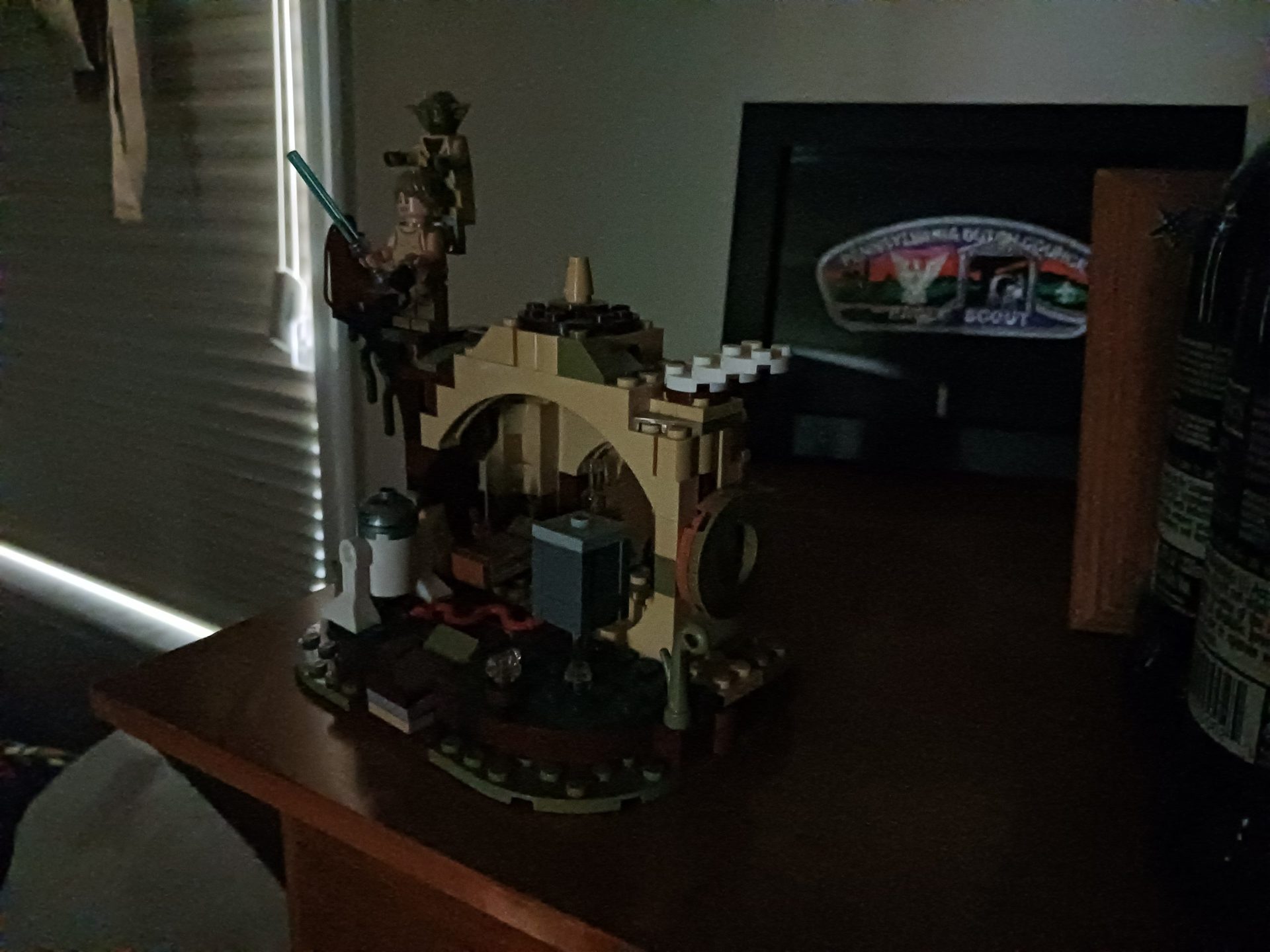
Even though Samsung added a 90Hz refresh rate to its 6.5-inch HD+ panel, I’m hard-pressed to say it’s an improvement that the phone needed. The panel itself isn’t very sharp, nor is it the brightest, which makes the smoother animations feel like an unnecessary boost when there are more crucial issues to address. Unfortunately, the top and bottom bezels are also relatively large for a $200+ device in 2022.
My final problem with the Samsung Galaxy A13 5G comes back to that $249 price tag. It’s a $70 increase over the Galaxy A12, yet the upgrades don’t quite justify the cost. The design and display don’t feel more premium than last year, and the lack of an ultrawide camera sticks out pretty badly. If Samsung had found a way to keep the price steady or increase it by just $20, it would be a different story. Thankfully, Samsung has since shifted back to a more approachable $199 price for its Galaxy A15 5G.
Samsung Galaxy A13 camera samples
Samsung Galaxy A13 5G specs
| Samsung Galaxy A13 | |
|---|---|
Display | 6.5 inches PLS TFT 1,600 x 720 (20:9) |
Processor | MediaTek Dimensity 700 |
RAM | 4GB |
Storage | 64GB MicroSD Slot |
Cameras | Rear triple camera: 50MP wide (f/1.8) 2MP macro (f/2.4) 2MP depth (f/2.4) Front: 5MP wide (f/2.0) |
Battery | 5,000mAh 15W wired charging |
IP Rating | None |
Software | Shipped with Android 11 Samsung One UI 3.1 |
Dimensions | 164.5 x 76.5 x 8.8mm 195g |
Colors | Black Green |
Security | Side-mounted fingerprint scanner Face recognition |
Samsung Galaxy A13 5G review: Should I buy it?
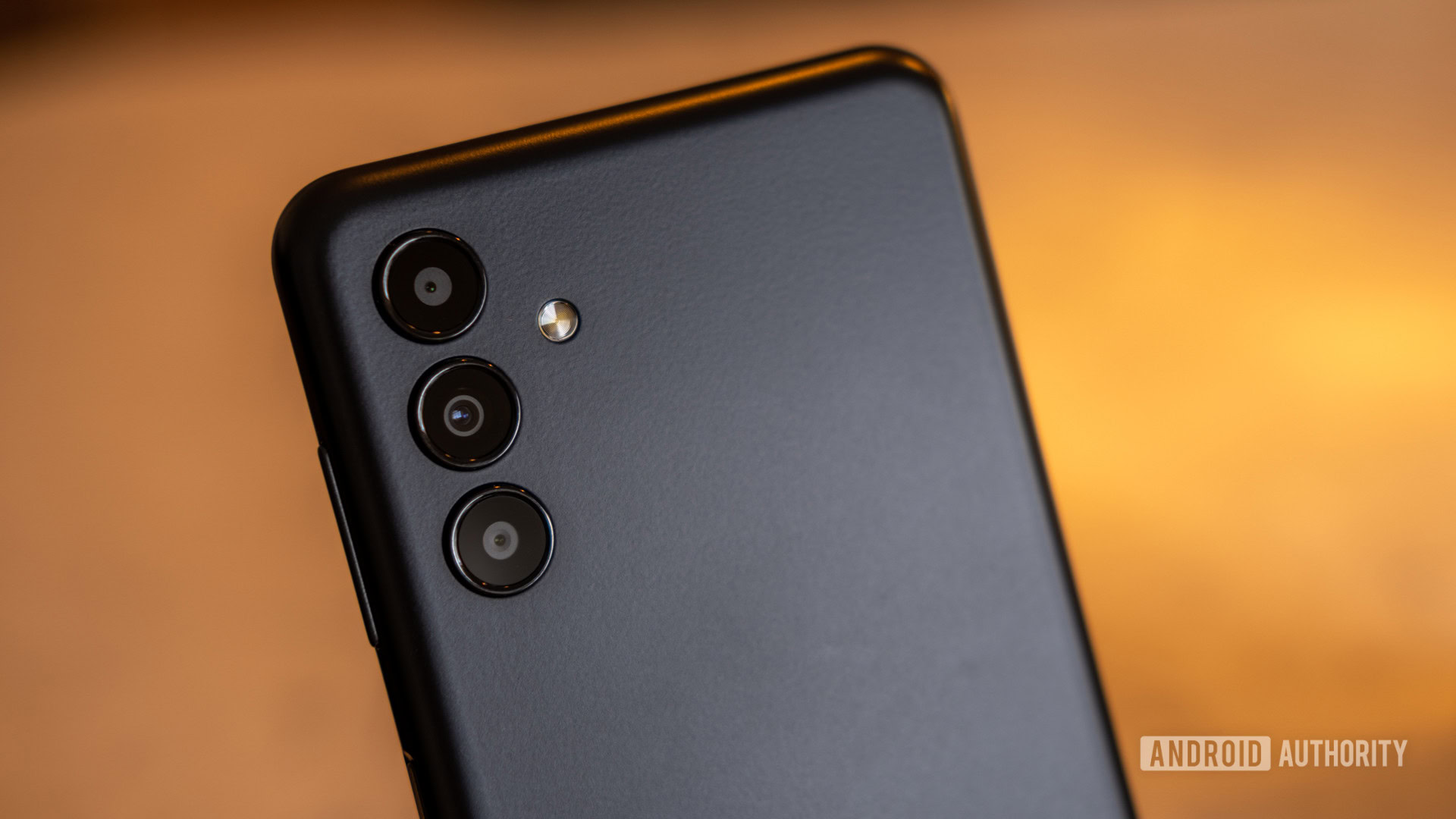
Samsung’s Galaxy A13 5G offered the most complete package of any A10 series device to date at launch, but it did so at a cost. The addition of 5G provides better longevity than previous models, it’s more powerful than ever, and the 50MP primary camera offers pleasing results in good lighting. However, the lack of improvements to the peripheral cameras and missing ultrawide shooter, the weak display, and the bland design raise some questions about the $70 price increase. I can’t help but feel that Samsung would’ve been better off skipping 5G and making improvements to the rest of the package instead to make it a better overall starter smartphone.
For as difficult as the Samsung Galaxy A13 5G can be to justify unlocked, US carrier access tells a slightly different story. Right now, it’s available for free from T-Mobile or for $2 per month at AT&T over 36 months. Paying $72 is much easier to justify than $249 outright.
With a boost to its camera setup or plastic finish, Samsung could have a real winner among budget-friendly smartphones.
Nevertheless, the increased price puts the Galaxy A13 5G in competition with a new class of budget devices. It’s still about $30 more affordable than the OnePlus Nord N300 ($228 at OnePlus), which is a T-Mobile exclusive. The latest in the Nord lineup sports a 48MP primary shooter with a MediaTek Dimensity 810 processor under the hood. It also offers quicker 33W wired charging and a single configuration with 6GB of RAM and 128GB of storage.
The Galaxy A13 5G also has a new rival from Samsung itself — the Galaxy A15 5G ($174.8 at Amazon). It’s two generations down the line from the Galaxy A13, and it keeps most of the same features with just a bit more polish. The Galaxy a15 upgrades to a 90Hz display and picks up a tenth of an inch of real estate to go with it. Otherwise, you get a few new color options to spice up your budget-friendly purchase.
Samsung’s budget offering keeps the competition close with Motorola’s Moto G 5G (2024), too. That phone comes with a modest Snapdragon 4 Gen 1 processor. Motorola’s primary camera matches Samsung’s 50MP, and the Moto G 5G offers Android 14 right out of the box — just don’t expect too many updates afterward, nor NFC support or advanced video quality recording options. While you may prefer Motorola’s software experience or OnePlus’ charging speeds, overall, we still recommend the Galaxy A13 5G (or the newer Galaxy A15 5G) as the best option.
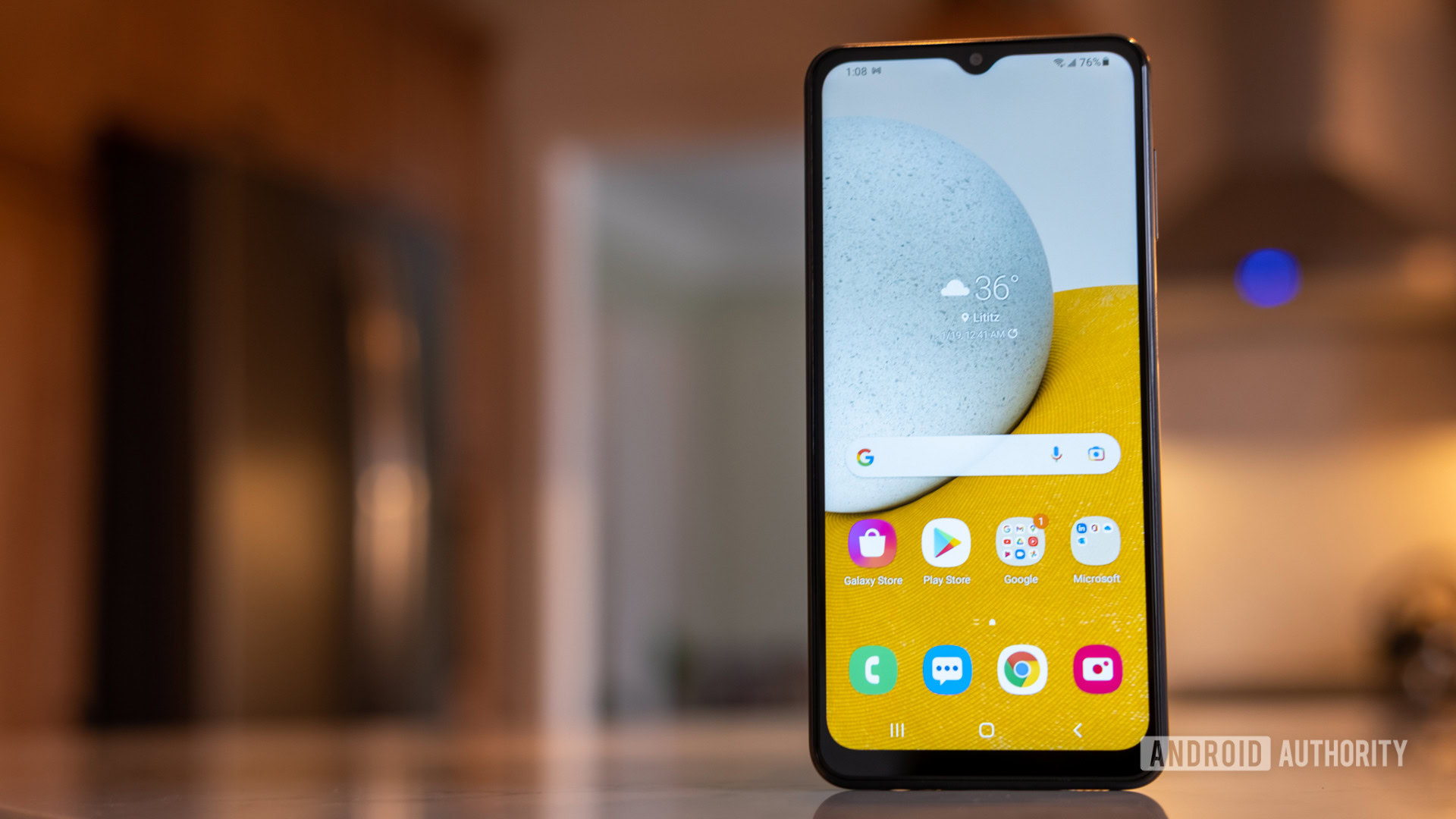
Top Samsung Galaxy A13 5G questions and answers
The Samsung Galaxy A13 5G launched in December 2021 as an AT&T exclusive, before going on general sale in early 2022.
The Galaxy A13 5G is 164.5mm tall, 76.5mm wide, and 8.8mm thick (6.48 x 3.01 x 0.35 inches).
There are two models of the Galaxy A13, the Galaxy A13 5G and the Galaxy A13 LTE. The former supports sub-6GHz 5G.
No, the Samsung Galaxy A13 5G does not support wireless charging.